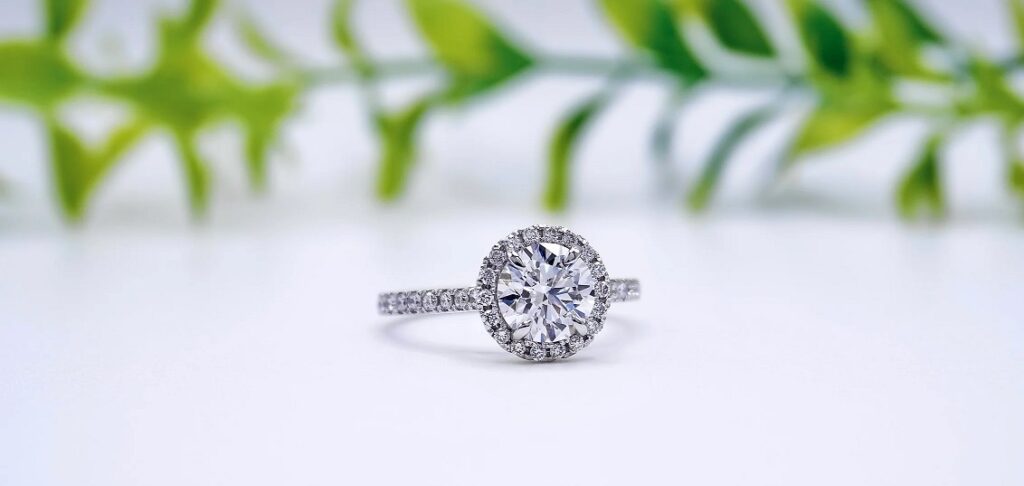In the ever-evolving fashion world, celebrities play a pivotal role in shaping trends and setting the standard for style. Over the years, millions of eager admirers worldwide have scrutinized, admired, and replicated their clothing, accessories, and hairstyle choices.
This symbiotic relationship between celebrities and the fashion industry is profound. Throughout history, it has birthed several fashion icons, individuals whose personal styles not only sparked cultural conversations but also possessed a trend-setting allure that outlasted their lifetimes.
This article delves into the iconic fashion moments of five legendary celebrities, unraveling the style lessons they have imparted to the world. But before we dive in, you can check out the Super Sic Bo live casino game here for a fun-filled experience when you’re not following fashion trends.
Audrey Hepburn: The Epitome of Timeless Elegance
Perhaps no garment is synonymous with Audrey Hepburn more than “the little black dress” from Givenchy. Hepburn famously adorned this classic piece in the 1961 romantic comedy “Breakfast at Tiffany’s,” cementing its status as a wardrobe essential. The simplicity of the design highlighted her figure while conveying a sense of refinement, proving that a well-chosen black dress is a versatile cornerstone of any wardrobe.
Hepburn’s style mantra was grounded in simplicity. She embraced clean lines, minimalistic silhouettes, and a subdued color palette, reiterating that fashion doesn’t have to be extravagant to be impactful. Sometimes, the most enduring looks are the simplest.
Also, the longevity of Hepburn’s influence lies in her preference for timeless pieces over fleeting trends. Her wardrobe was built on staples like the little black dress and tailored pants, emphasizing the importance of investing in enduring classics that stand the test of time.
Marilyn Monroe: The Power of Confidence
Few garments in fashion history are as legendary as the white halter dress Marilyn Monroe wore in the 1955 film “The Seven Year Itch.” Its plunging neckline and billowing skirt captured the essence of Monroe’s allure, becoming an iconic symbol of sensuality. The dress is a testament to Monroe’s ability to command attention with understated elegance.
Marilyn Monroe’s beauty was accentuated by her signature red lipstick and carefully coiffed curls. This timeless combination became synonymous with Monroe’s image, conveying sophistication and playfulness. Monroe’s style is a celebration of unabashed femininity. The lesson here is to celebrate one’s unique femininity, recognizing that confidence in one’s skin is the ultimate accessory.
Also, Marilyn Monroe’s white halter dress, red lipstick, and curls were more than mere fashion choices —they were her signature look. This consistency created an iconic brand and showcased the power of a well-defined personal style.
David Bowie: Chameleon of Style
The Ziggy Stardust era catapulted Bowie into the fashion stratosphere. With flamboyant and androgynous outfits, vibrant colors, and futuristic patterns, Bowie, through his alter ego Ziggy Stardust, blurred the lines between fashion and performance art. The lightning bolt makeup across his face became an iconic symbol of this era, symbolizing a fearless departure from the norm.
Compared to Ziggy Stardust, Bowie’s Thin White Duke persona embraced a more refined and sophisticated aesthetic. This phase was characterized by sleek suits, polished shoes, and a mysterious allure, showcasing Bowie’s ability to transition between wildly different styles seamlessly.
Bowie’s style legacy teaches the power of fearless experimentation. He was unafraid to push boundaries, challenge conventions, and redefine his image with each career phase. This lesson encourages individuals to view fashion as a playground for self-discovery and expression, inviting them to embrace change in their style. Also, Bowie’s wardrobe wasn’t just about clothes; it was a form of self-expression. Each outfit was a visual articulation of his musical and personal journey.
Diana Ross: Maximalist
What sets Diana Ross apart is her maximalist philosophy. Rather than adhering to the less-is-more mantra, Ross embraced the idea that more is more. Her wardrobe celebrated opulence, characterized by extravagant gowns, sequined outfits, and glamor accessories.
Ross’s style encourages us to step out of our comfort zones and embrace bold patterns and vibrant colors. Her fearless approach to incorporating eye-catching elements into her wardrobe teaches us that fashion is a form of self-expression, and sometimes, you must go all out.
One of the key lessons from Diana Ross’s maximalist style is the idea that fashion can be theatrical. While her stage outfits were grandiose, there’s inspiration in translating that sense of drama into everyday fashion. Ross teaches us that fashion is a performance, and every day is an opportunity to showcase our unique style on life’s runway.
James Dean: Rebel with a Cause
Few images are as iconic as James Dean in his leather jacket and white T-shirt. This timeless combination became synonymous with Dean’s rebellious spirit and laid the foundation for the archetypal “bad boy” aesthetic. The leather jacket, worn casually over a simple white tee, symbolized calm, coolness, and defiance.
Dean’s penchant for rolled-up jeans paired with rugged boots added an element of casual rebellion to his style. This laid-back yet edgy look became a staple of Dean’s wardrobe, epitomizing the anti-establishment attitude that he embodied on and off the screen.
The core lesson from James Dean’s style is embracing the rebellious spirit within fashion. His wardrobe wasn’t just about clothes but a statement of defiance against societal norms.
Conclusion
From Audrey Hepburn’s timeless elegance to Dean’s rebellious spirit, celebrity fashion icons impart valuable lessons with their trendsetting styles. Drawing inspiration from their unique styles, we can create a wardrobe that reflects our individuality and stands the test of time.

